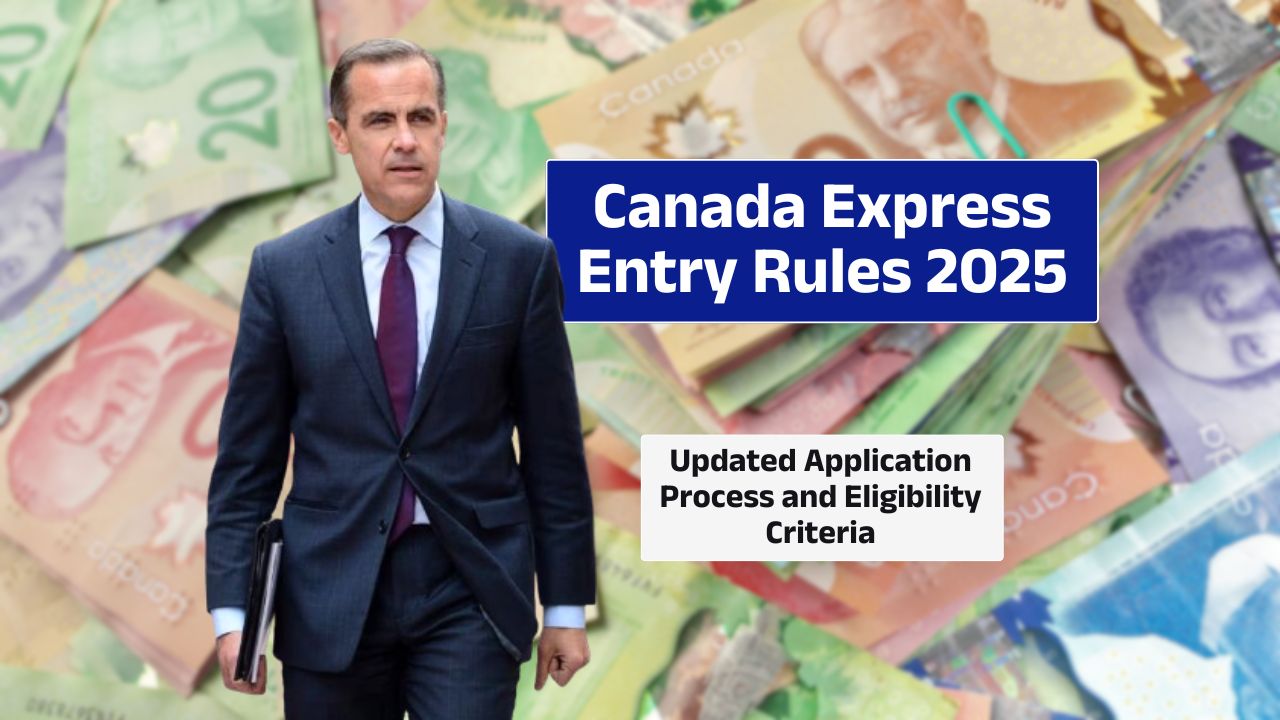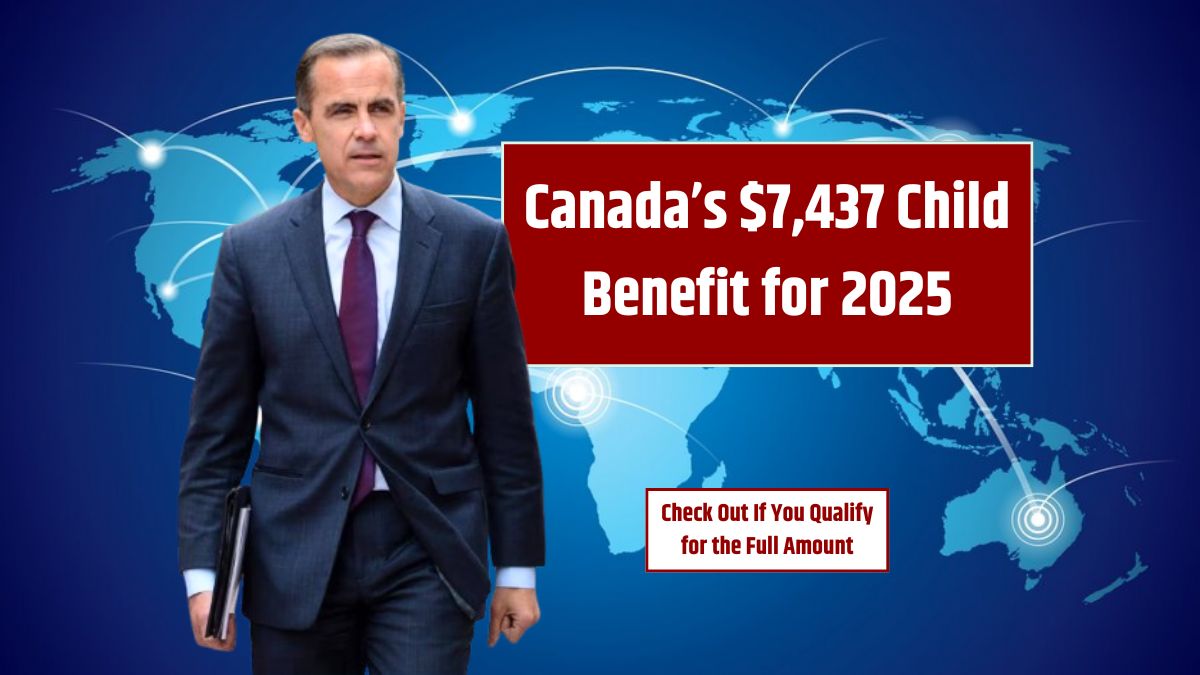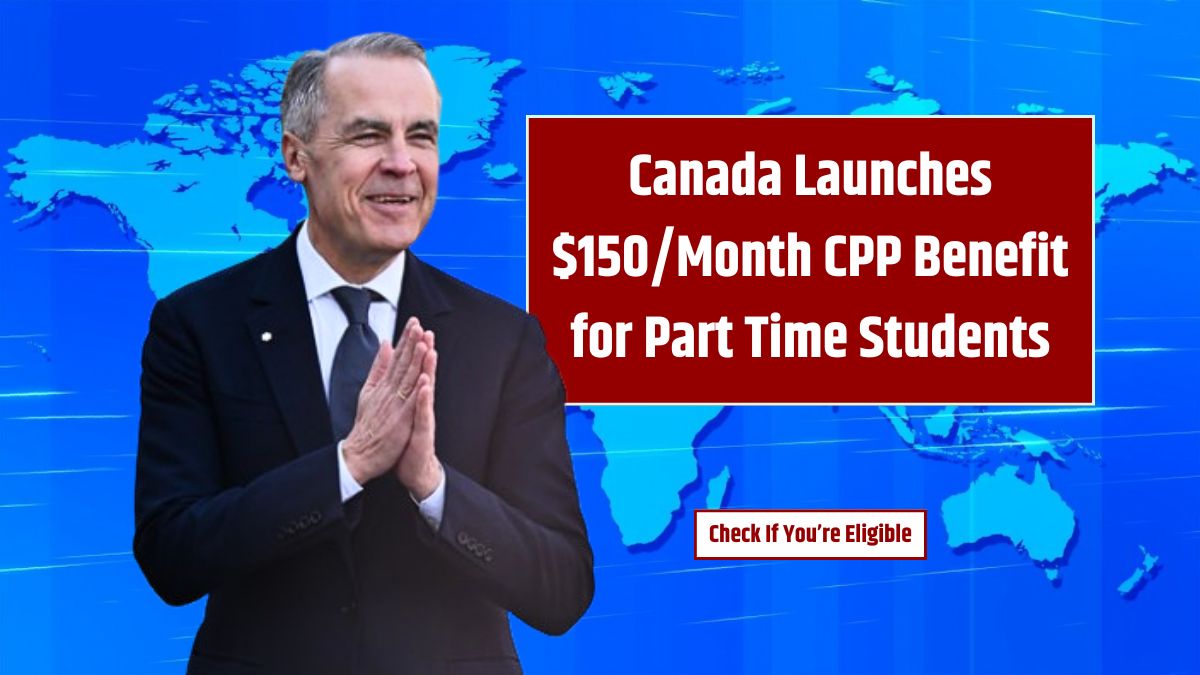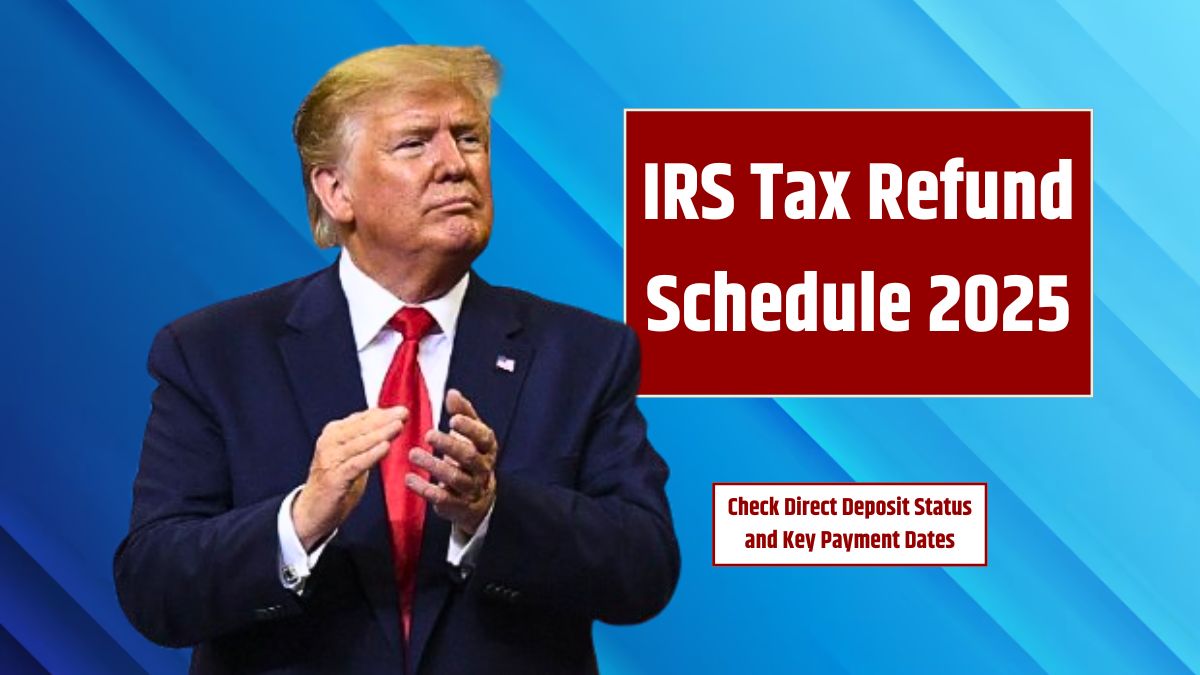Canada has rolled out fresh updates to its Express Entry immigration system for 2025, and the changes could open new doors for skilled workers, students, and temporary residents. With new category-based selection streams, lower CRS cut-off scores for high-demand jobs, and a growing emphasis on French-speaking immigrants, the path to permanent residency just got smoother and more targeted. Whether you’re already in Canada or applying from abroad, here’s everything you need to know to make the most of Express Entry in 2025.
Program
Express Entry is Canada’s primary system for managing skilled immigration applications. It’s point-based, using the Comprehensive Ranking System (CRS) to score applicants on age, education, language ability, work experience, and adaptability.
In 2025, the program adds two new streams and adopts a more strategic selection process. It now targets the economic and demographic needs of Canada more directly, especially in critical sectors like healthcare and technology.
Streams
This year, Express Entry introduces two new immigration streams that shift the focus to labor market demand and in-country applicants.
Federal Economic Priorities Stream
This stream is designed for skilled professionals working in fields where Canada is experiencing major labor shortages. Priority occupations include:
- Healthcare: Nurses, doctors, and care aides
- STEM: Software engineers, IT professionals, and data scientists
- Skilled Trades: Electricians, welders, and carpenters
With 41,700 planned admissions in this category, it’s clear Canada is actively recruiting talent to strengthen its economy and public services.
In-Canada Focus Stream
This stream is tailored for people already living and working or studying in Canada. That includes:
- International students graduating from Canadian institutions
- Temporary foreign workers currently employed in Canada
There are 82,980 spots allocated, making this stream the largest in terms of capacity. It rewards applicants who have Canadian experience, easing their path to permanent residency.
Categories
Express Entry 2025 also introduces category-based selection to improve alignment with Canada’s workforce needs. Instead of relying purely on CRS scores, the government can now invite applicants based on:
- Their occupation
- French language proficiency
- Whether they have Canadian work or study experience
This means someone working as a nurse in French-speaking Quebec, even with a mid-level CRS score, could be prioritized over a higher-scoring general applicant. It’s all about matching skills to market demand.
Cut-Offs
One of the most exciting changes? Lower CRS thresholds for specific occupations.
| Applicant Type | Estimated CRS Cut-Off |
|---|---|
| Healthcare occupations | Around 450 |
| Trade professionals | 460–480 |
| Francophone workers | As low as 470 |
| General applicants | Up to 540 |
These reduced scores allow talented individuals to qualify more easily—especially those in healthcare and tech roles—without needing to max out every CRS category.
French
Canada has put a spotlight on Francophone immigration in 2025. If you speak French, your chances of being invited have gone up. This aligns with Canada’s effort to strengthen bilingual communities outside Quebec.
Francophone applicants can now benefit from bonus CRS points, priority invitations, and sometimes even lower language testing requirements.
Steps
Wondering how to apply? Here’s a simple step-by-step guide:
Step 1
Make sure you meet basic requirements:
- At least one year of skilled work experience
- Language test (IELTS for English or TEF for French)
- Educational Credential Assessment (ECA) for foreign degrees
Step 2
Log in to the IRCC website and submit your profile. Include your:
- Work history
- Language scores
- Education credentials
Step 3
If your CRS score is high enough, or you meet a targeted stream’s criteria, you’ll receive an Invitation to Apply (ITA). From that point, you have 60 days to complete your PR application.
Step 4
This includes:
- Passport
- Police certificates
- Medical exam results
- Proof of funds
- Job offer (if applicable)
Step 5
Once submitted, most applications are processed within six months. If approved, you’ll be on your way to becoming a permanent resident.
Benefits
Why does this matter? Because Canada is not just looking for any immigrant—it’s looking for the right immigrant. These updates make the system more efficient, fair, and strategic. Skilled workers, students, and those with Canadian ties now have a real edge. And with lower CRS scores for in-demand jobs, it’s easier than ever to qualify.
So whether you’re a healthcare worker in India, a student in Toronto, or a French-speaking software developer in Morocco, 2025 could be your year.
FAQs
What is the new CRS score for healthcare jobs?
It’s as low as 450 for healthcare-related roles.
Do I need a job offer to apply in 2025?
No, but it boosts your CRS score if you have one.
Is French language now more important?
Yes, French speakers have better chances in 2025.
Can international students apply under new rules?
Yes, under the In-Canada Focus Stream.
How long does Express Entry take in 2025?
Most applications are processed in six months.














